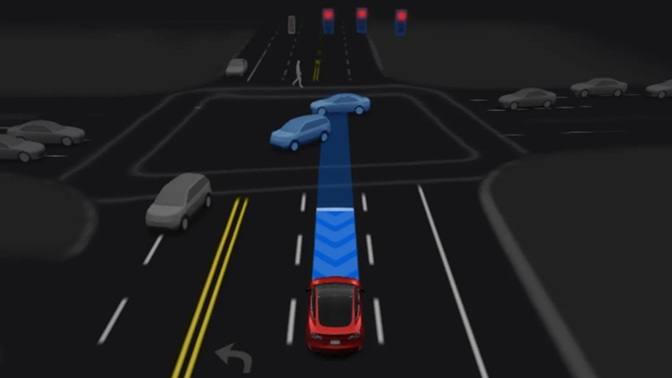Tesla’s push to bring its Full Self-Driving (FSD) technology to China just hit a major roadblock. Shortly after launching its highly anticipated FSD package in the country, the automaker was forced to pause the rollout due to new government restrictions on automated driving features. Now, China’s Ministry of Industry and Information Technology (MIIT) is tightening the reins even further—and it’s not just Tesla feeling the pressure.

In February 2025, Tesla rolled out its FSD package in China for vehicles equipped with its Hardware 4.0 (also called HW4) system. This was a big deal—up until then, Tesla’s FSD features were mostly limited to North America, where the system was originally trained and tested.
China marked a new frontier for Tesla’s autonomous ambitions. But the celebration didn’t last long. Just weeks after launch, Tesla was forced to pause FSD in China due to updated regulatory requirements from the MIIT.
China Steps In With Strict New Rules
The Chinese government quickly responded to the FSD launch by issuing new guidelines for Advanced Driver Assistance Systems (ADAS). These rules are part of a larger push to make sure self-driving technologies are safe, clearly explained, and not overhyped.
Earlier this month, MIIT held a meeting with automotive industry leaders, including both foreign and domestic automakers. Their message was clear: no more misleading language and no more rushed software updates.
According to meeting minutes, companies were banned from using terms like:
- “Self-driving”
- “Autonomous driving”
- “Smart driving”
- “Advanced smart driving”
Instead, automakers are now required to use the term “Combined Assisted Driving” to better reflect the current capabilities of the systems.
This shift isn’t just about semantics. China’s MIIT is concerned that companies are overselling the capabilities of their ADAS technologies, which can mislead consumers into thinking their vehicles can drive themselves with little or no oversight.
This can lead to serious safety risks, especially when drivers misuse the technology. Regulators now want automakers to:
- Clearly define system boundaries
- Disclose safety protocols
- Improve testing and validation
- Be transparent about system limitations
- Limit the pace of software updates to allow for proper validation
Tesla Already Rebrands in China
To comply, Tesla quickly changed the name of its FSD package in China from “Full Self-Driving” to “Intelligent Assisted Driving”. It’s a small but important shift in how the technology is presented to the public. Still, Tesla isn’t off the hook. The MIIT emphasized that strict enforcement is coming, and any automaker not meeting the new standards will face consequences.
Tesla isn’t alone in feeling the heat. Other major players in China’s fast-moving EV market—like BYD, Xiaomi, and Huawei—have also launched advanced driving systems recently. But with that rapid innovation has come serious safety concerns.
Take Xiaomi, for example. The company recently reported a fatal crash where its driver assistance system was active just seconds before the collision. Tesla, meanwhile, has seen its FSD-equipped cars rack up thousands of dollars in traffic fines, as the system made questionable decisions in real-world driving conditions. These incidents have made it clear that the technology is not flawless, and more oversight is needed to ensure driver and pedestrian safety.
China has long positioned itself as a global leader in EVs and smart vehicles. But when it comes to autonomous tech, the country is taking a much more cautious approach than some Western markets. Rather than rushing toward full autonomy, Chinese regulators are urging automakers to refine what’s already available and prioritize consumer safety over flashy marketing. It’s a strategy that could help build trust and reliability over time—but it’s also slowing down the race to autonomy.
For Tesla, the path forward in China is going to be bumpy. The company will likely need to:
- Rework how it trains and adapts FSD for Chinese driving environments
- Comply with MIIT’s new guidelines and safety checks
- Communicate clearly about what FSD can—and can’t—do
As for the broader industry, these new restrictions could reshape how self-driving technology is marketed, tested, and rolled out across the globe. China’s tough stance might encourage other countries to adopt similar standards, especially in regions where public concern about AI and vehicle automation is growing.
Tesla’s pause in China serves as a major reality check for the future of autonomous vehicles. While the technology continues to evolve, it’s clear that governments want to reign in the hype and focus on safety. The dream of fully self-driving cars isn’t dead—but it’s being tempered by real-world concerns, regulatory scrutiny, and the need for greater accountability. And in this new chapter, automakers must prove their tech can be trusted—not just promoted.
Related Post
